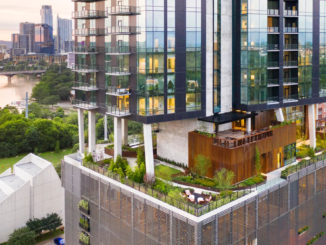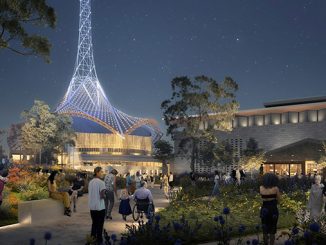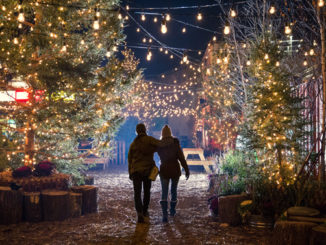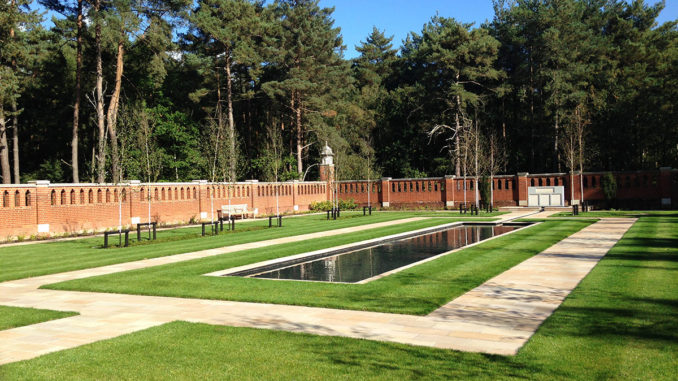
Last November we were proud to attend the opening ceremony of the Muslim Burial Ground Peace Garden at Horsell Common, Woking by HRH The Earl of Wessex. We became involved as the garden’s designers in 2013. Some of you may have seen the BBC 1 programme ‘Britain’s Muslim Soldiers’ broadcast early in the new year which followed the progress of the project through the eyes of its two main instigators Dr Zafar Iqbal (of Woking Borough Council) and Elizabeth Cuttle (of the Horsell Common Preservation Society) and commemorates the vast and vitally important contribution made to the Allied war effort by the armies of the Indian subcontinent. This is a site with a fascinating history and together with the nearby Shah Jahan Mosque , the oldest in the country and by the way, built in 1889 by a Jew (the extraordinary Dr Gottleib Wilhelm Leitner, but that is another story in itself), sets a shining example of bringing together different faiths and culture within this country.
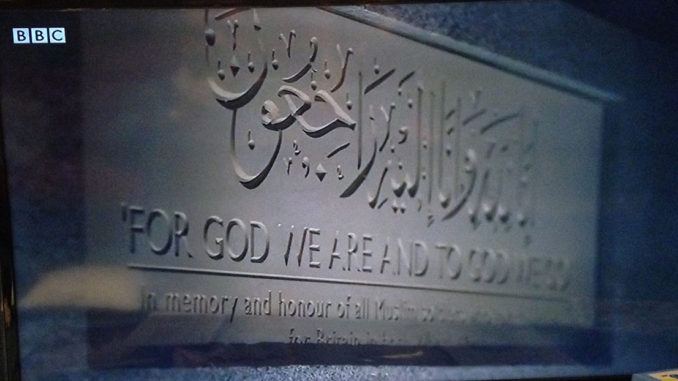
The history of the Burial Ground site can be read in more detail at http://www.horsellcommon.org.uk/musilim_burial_ground.php but in short, was founded in 1917 as a last resting place for Allied Muslim Soldiers who died of their wounds in this country during WW1 and was later supplemented with further burials in WW2 bringing the total number of graves to 27. In 1969 following some regrettable vandalism , the graves were transferred to nearby Brookwood Military Cemetery.
For many years, the Horsell Common Preservation Society (who had by then taken over the site) had tried without success to find a way to raise funds to renovate and protect this important monument, but then in 2012, and mindful of the centenary commemorations of the commencement of the Great War, English Heritage, offered to fund 80% of the cost of repairs to the boundary wall structure and the Chattri (entrance). In response, Woking Borough Council agreed to meet the balance to complete the project. So in the autumn of 2013, renovation experts Universal Stone Ltd, commenced repairs to the brickwork and Portland Stone capping under the guidance of chartered architects Radley House Partnership. Following this, our designs for the garden found funding through numerous sources following energetic efforts of Zafar, Elizabeth and their respective organisations. Following competitive tender, the contract to build the garden was won by landscape contractor LDC with water feature specialist Fountains Direct and the work was implemented November 2014-June 2015.
The garden brings together the cultural expression of the traditional Islamic Garden with the natural elements of the Common. A formal geometry is set up from the walls around a central waterbody fed by a rill and small waterfall from an upper pool upon which an uplit monolithic memorial stone (with all the names of the fallen engraved) seemingly floats as the garden’s focus. Paths of Indian sandstone lead around the garden while planting beds of Birch and Heather provide seasonal colour and spatial definition. Outer boundaries include evergreen and deciduous plantings in simple swathes, kept low so as not to detract from the Listed walls but with sentinel columnar plantings opposite ends, either side of the Chatri and the memorial stone. The design is underlaid with symbolism with one tree for each soldier originally buried; the use of Portland stone within Indian granite on the memorial; the Irish yew of the English churchyard (and they were also in the original planting) with Birch tree varieties that originated on the Indian subcontinent; the inclusion of stone prayer mats orientated toward Mecca (as are the strips of differing heather species within the beds) and the calming sight and sound of gently moving water.
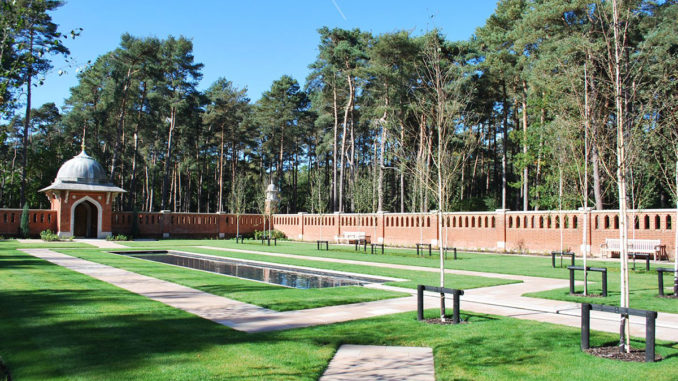
There are not many Islamic Gardens in this country and they vary greatly, from those that can be seen as an early embracing of exotic culture or orientalism, as expressed by the early 18th century formal garden at Sezincote in Gloucestershire through to public gardens celebrating the local immigrant culture such as the Mughal garden at Lister Park, Bradford, created in 2001. There are of course numerous gardens associated with this country’s mosques and a fair few formal arrangements calling themselves Moorish Gardens ; notably including the famous one within the Kensington roof garden created above Derry and Toms in the 1930’s and still very much in evidence today. Perhaps the most true to the principles of traditional Islamic gardens is the Ismaili Centre courtyard roof garden in South Kensington, opened in 1985 by the Aga Khan as a ‘token of understanding between East and West’. With its four-fold geometric design, it displays the ancient Chahar Bagh tradition, reflecting both heaven and earth with its symbolism of paradise (including four rills which express water, honey, milk and wine).
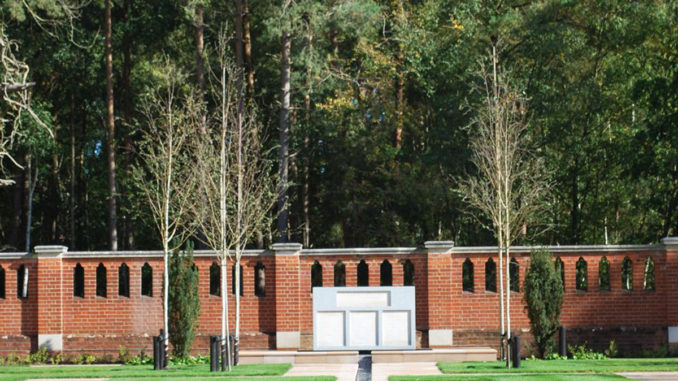
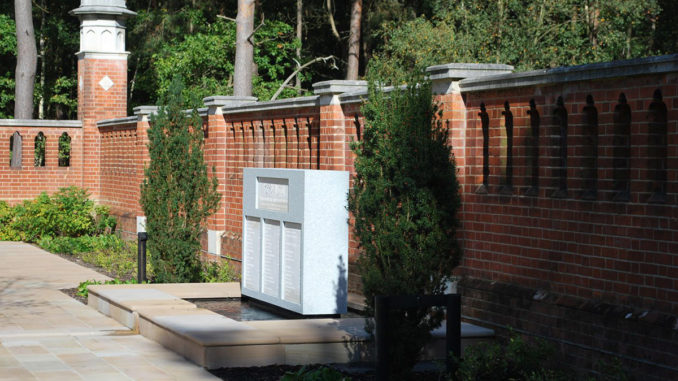
The history and philosophy of Islamic Gardens is well documented and Geoffrey and Susan Jellicoe’s ‘The Landscape of Man’ and Emma Clark’s ‘The Art of the Islamic Garden’ come immediately to mind. One document that became an early guide to us was forwarded to us by Zafar at commencement of our work and this was ‘Islamic Gardens in the UK: Dynamics of Conserving Culture and Communities’ by Sophie Gilliat-Ray and Mark Bryant published by Botanic Gardens Conservation International in 2010. This piece of research sought to explore the relationship of modern British Muslims with the principles of biodiversity, conservation and ecological sustainability by way of evaluating the need, value and viability of Islamic gardens in the UK. This acted as a helpful prompt to engage with the local Muslim community, on the one hand and with the locality’s ecology, on the other. One of the document’s examples was the largest Muslim Burial ground in Europe, the Gardens of Peace Muslim Cemetery at Ilford. This is a synthesis of both the English garden of remembrance and the symbols for Qu’ranic descriptions of paradise, mixing the two in both plant species and style , creating a green haven of rest and reflection while informing visitors of the profound underlying environmental ethos of Islam. This seemed an ideal starting point for what we were similarly trying to achieve at Woking. We were wishing to combine elements from both cultures with the natural environment of our heathland site. Birches became Himalayan Birches, the stone from both India and UK, the axis of the garden works with the existing walled enclosure but the prayer stones face to Mecca ..and so on.
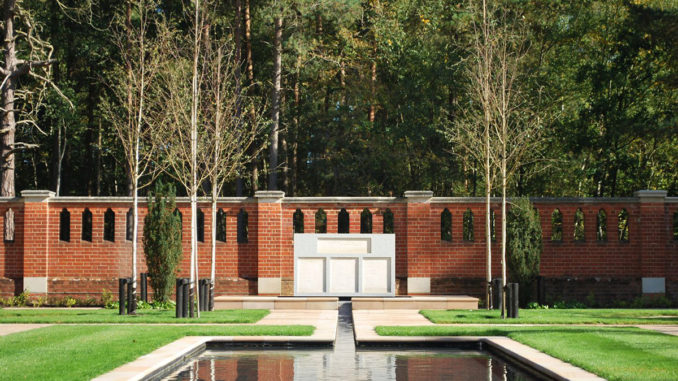
Engagement with the local community came both with approvals from the Shah Jahan Mosque and community stakeholders to early design sketches but also with physical assistance from local schoolchildren and the army (including Muslim representatives therein) who assisted with planting operations. It is hoped that the garden will become a focus for the community and in some way represent a meeting of cultures while also engaging visitors with the locality and it natural elements.
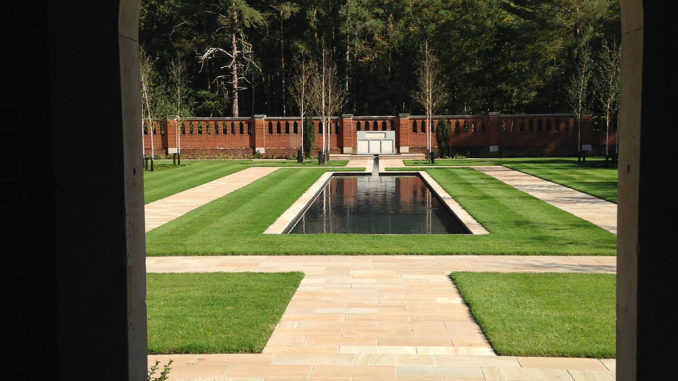
As with any garden, maintenance will be an issue and the very inclusion of a mown lawn and formal water body with recirculating pumps requires regular attention. However, these were central to the sense of place and philosophy of what was to be achieved in terms of both form and function. Otherwise the layout, minimal use of lighting, provision of site power and water, all assist ease of maintenance operations. The hard materials are robust and the planting kept simple and appropriate to the site’s soils which were not replaced nor heavily ameliorated.
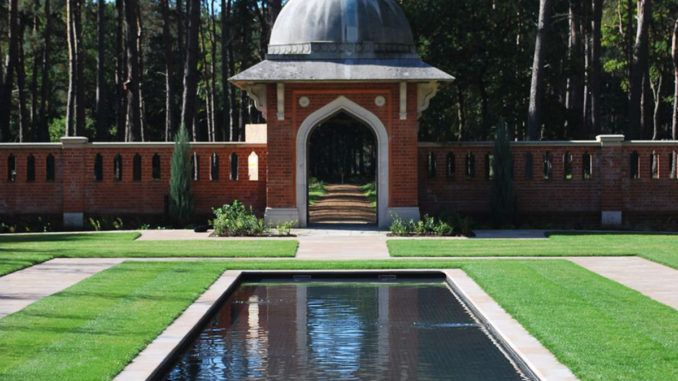
We have been pleased with reaction to the garden from those who witnessed its opening and from comments received since which suggest that the intended atmosphere of calm and contemplation has been achieved. Several have even been kind enough to offer the word beauty. From our previous work with memorial gardens (we were involved with the Falklands Memorial Chapel at Pangbourne and Leonard Cheshire memorial at Le Court), an approach of simplicity and restraint combined with a 3 Dimensional awareness of space created and how it will change over time as trees grow and hard materials weather, tends to work well in inducing such qualities. As the birches mature at Woking, we hope to see a seasonal green roof framing the space and doing so with the ethereal quality the movement of light and sound their particular leaf type brings.
On the wider stage, it is hoped that the garden serves as a sign of unity within walking distance of the country’s first mosque at a time when too much emphasis is put on the divisions with Islam. We might better remember the huge sacrifice made by Islamic troops who came to join the allied cause in both world wars….and looking to the future, combine remembrance with positive aspirations to join cultures and in turn, join them with a better love, understanding and care for our community and natural environment. I hope readers will be encouraged to come and see the Muslim Burial Ground Peace Garden at Horsell Common for themselves and find it well worth the visit.
Muslim Burial Ground Peace Garden
Location | Horsell Common, Woking, UK
Design Firm | Terra Firma Consultancy Ltd
Images & Text | Terra Firma Consultancy Ltd

